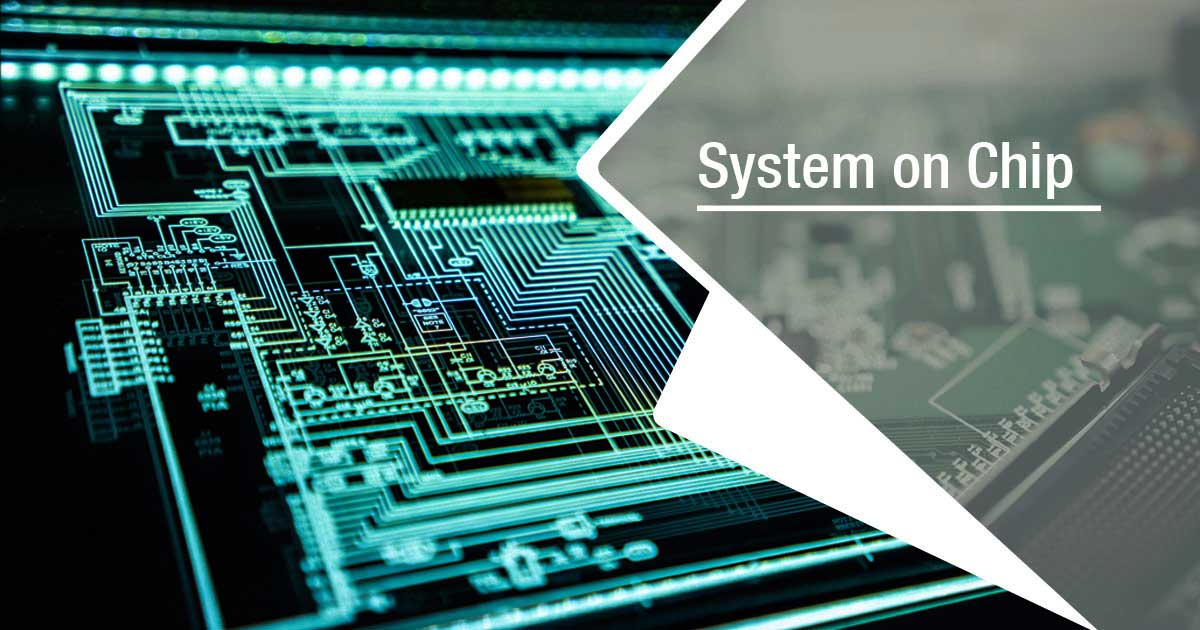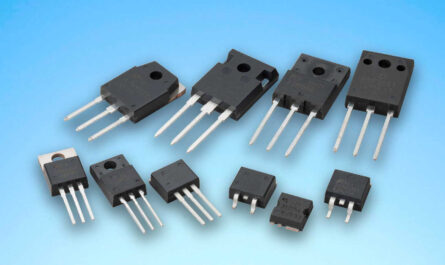What is a System on a Chip?
It incorporates digital, analog, mixed-signal, and often radio-frequency functions all on a single chip. In contrast to a multi-chip system, an SoC reduces costs, power consumption, and communication delays between components.
The History and Development of SoC Technology
The concept of integrating multiple components into a System On A Chip began in the 1970s with the advent of microprocessors. Early microprocessors combined the central processing unit (CPU) and primary memory onto one chip. In the 1980s, custom chips were developed for dedicated tasks like graphics, modems and storage controllers. However, these systems still used multiple ICs. The early 1990s saw the rise of digital signal processors (DSP) that combined processor cores with memory and peripheral interfaces.
Advanced CMOS technology of the late 1990s enabled semiconductor companies to integrate even more digital functions onto one chip. This led to the common use of the term “system on a chip”. Texas Instruments was one of the early innovators, developing SoCs for portable devices like digital cameras and MP3 players. cell phones also greatly benefited from this development as entire mobile platforms could be built on a single SoC. As process sizes continued to shrink, ever more complex SoCs were designed for application processors, networking equipment, and other embedded applications.
Core Technologies Behind Modern System on a Chip
Current SoCs leverage several key technologies to achieve higher levels of integration:
– Advanced Microarchitecture – Wide adoption of ARM architecture allows embedding of multiple processor cores, dedicated accelerators and customized instructions sets. Massive parallelism is exploited through multi-threading.
– Smaller Process Nodes – Transitioning from larger geometries like 90nm to current 7nm processes enables adding billions of transistors efficiently on a single die area. This drives more functionality per chip.
– Specialized Logic – SoCs integrate specialized analog and digital logic like GPUs, DSPs, neural network processors for tasks like AI, computer vision, signal processing.
– On-Chip Memory Technologies – Technologies like on-die SRAM, eDRAM and 3D stacking allow higher performance and lower power memory hierarchies closer to the processor cores.
– Advanced Packaging – Fan-out wafer level packaging, 2.5D/3D integrated circuits help integrate even more die and passive components in a single package footprint. This further enhances performance and miniaturization.
Applications and Future Outlook
With massive performance gains from ongoing technology scaling, SoCs have proliferated across various industries:
Smartphones – Flagship mobile SoCs integrate powerful CPUs, GPUs, image processors, modems and other peripheral interfaces on a tiny footprint. Current high-end offerings easily outperform PCs from just a few years ago.
Automotive – Advanced driver-assistance systems rely on SoCs handling real-time computer vision, sensor fusion and control functions. Future autonomous vehicles will require very high-performance integrated platforms.
Networking Equipment – Routing, switching, firewall and other networking functions are consolidated onto specialized network System on a Chip. This has enabled miniature devices supporting 100Gbps+ speeds.
Internet of Things – Constrained sensors, edge devices and gateways leverage low-power application-specific SoCs with integrated wireless radios. Trillion sensor deployments drive massive volumes.
Computing continues getting more distributed and specialized. Future SoC trends point to heterogeneous architectures combining general and specialist cores optimally, 3D stacking for more than a trillion transistors, and chiplets integrating disaggregated functions. Exascale supercomputers also target building extremely high-performance systems from modular SoC building blocks. With ubiquitous deployment across industries, SoCs will remain the core computing engines propelling innovation globally.
Note:
1. Source: Coherent Market Insights, Public sources, Desk research
2. We have leveraged AI tools to mine information and compile it




